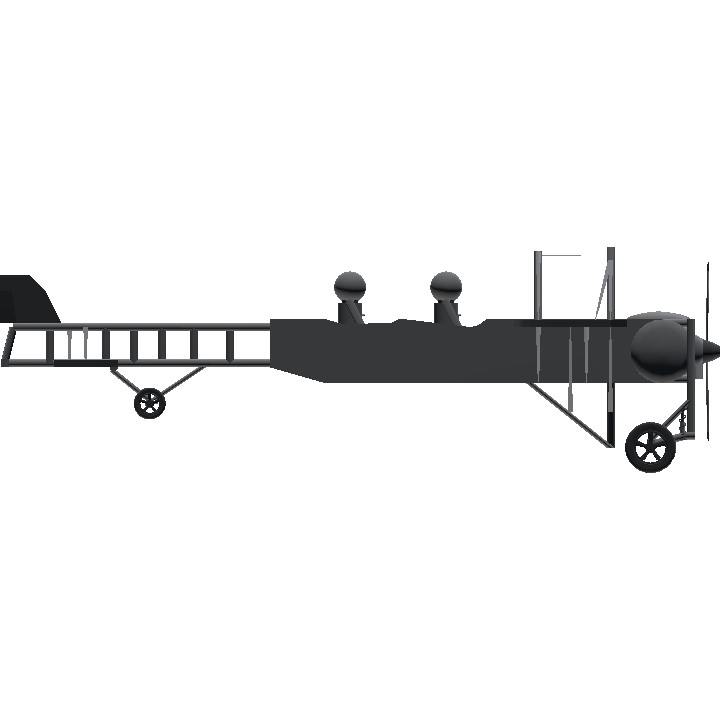HISTORY
The first Blériot XIs entered military service in Italy and France in 1910, and a year later some were used by Italy in North Africa (the first use of heavier than air aircraft in a war) and in Mexico. The British Royal Flying Corps received its first Blériots in 1912. During the early stages of World War I eight French, six British and six Italian squadrons operated various military versions of the aircraft, mainly for observation duties but also as trainers, and in the case of single-seaters as light bombers with a bomb load of up to 25 kg.
FURTHER DEVELOPMENT
The Type XI remained in production until the outbreak of the First World War, and a number of variations were produced. Various types of engine were fitted, including the 120° Y-configuration, "full radial" three-cylinder Anzani (the restored example at Old Rhinebeck Aerodrome still flies with this) and the 37 kW (50 hp) and 52 kW (70 hp), seven cylinder Gnome rotary engines. Both single and two-seat versions were built, and there were variations in wingspan and fuselage length. In later aircraft the tip elevators were replaced by a more conventional trailing edge elevator, the tailwheel was replaced by a skid, and the former "house-roof" five-member dorsal cabane being replaced by a simpler, four-sided pyramidally framed unit similar to the ventral arrangement for the later rotary-powered versions. Blériot marketed the aircraft in four categories: trainers, sport or touring models, military aircraft, and racing or exhibition aircraft.
HOW TO FLY
AG1=engine
Specifications
Spotlights
- This craft is curated
General Characteristics
- Predecessor Bleriot XI 5.0 VR
- Created On Mac
- Wingspan 34.2ft (10.4m)
- Length 36.8ft (11.2m)
- Height 11.5ft (3.5m)
- Empty Weight 4,791lbs (2,173kg)
- Loaded Weight 6,429lbs (2,916kg)
Performance
- Horse Power/Weight Ratio 0.155
- Wing Loading 28.7lbs/ft2 (140.3kg/m2)
- Wing Area 223.7ft2 (20.8m2)
- Drag Points 6729
Parts
- Number of Parts 170
- Control Surfaces 5
- Performance Cost 594




